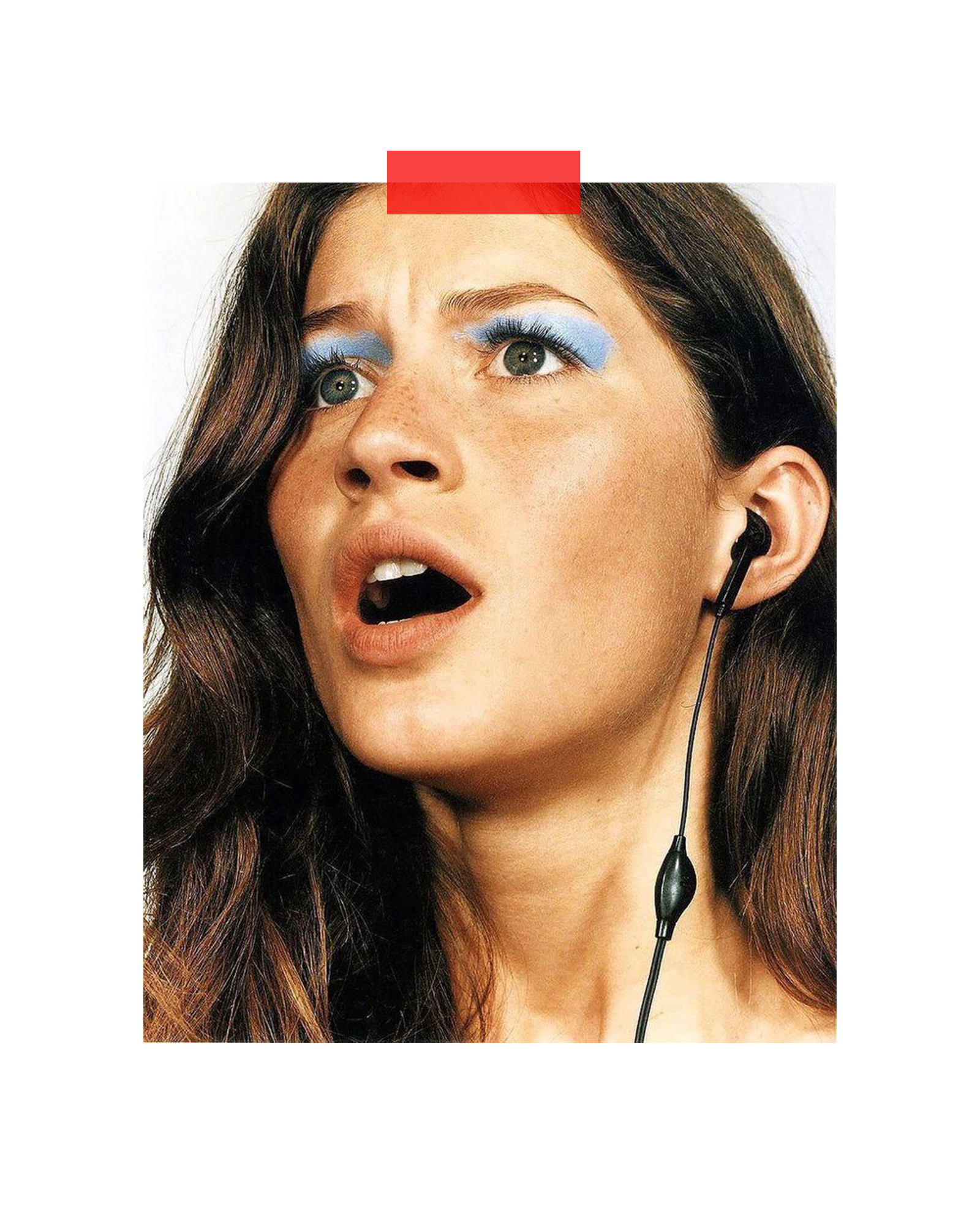Acne scars can persist long after the initial inflammation has subsided, serving as a visible reminder of past breakouts. Often, these textural irregularities – whether a raised bump or a depressed crevice – result from the skin's natural healing process producing an excess or insufficient amount of collagen, particularly exacerbated by picking at the skin. Depending on their depth and severity, acne scars can be challenging to treat and require patience; however, effective solutions exist.
Types of Acne Scars
Acne scarring manifests in several major forms:
- Rolling Scars: These are typically shallow, broad indentations with sloped sides, often observed along the jawline.
- Ice-Pick Scars: Considered the most severe type, these are narrow, deep, and resemble a puncture mark.
- Boxcar Scars: Characterised by shallow, well-defined depressions with sharp, vertical edges.
- Keloid Scars: These are raised, thickened scars resulting from an overgrowth of scar tissue beyond the original wound boundary.
- Post-Inflammatory Hyperpigmentation (PIH): While not true scarring, PIH appears as discolouration (red or brown marks) at the site of resolved acne lesions, representing a common aesthetic concern.
Approaches to Treating Acne Scarring
Effective treatment for acne scarring often necessitates a combination approach, integrating professional in-clinic procedures with a consistent at-home product regimen.
In-Clinic Treatments
- Ablative Laser Treatments: For individuals with lighter skin types, ablative lasers are highly effective at treating acne scarring. These lasers work by precisely targeting the skin's surface, breaking down melanin to reduce pigment and initiating a controlled healing response that promotes skin resurfacing. However, suitability varies, necessitating a professional consultation.
- Collagen Induction Therapy (CIT): Also known as micro-needling, CIT is a highly beneficial treatment for acne scarring and is often preferred for those with darker skin tones due to its lower risk of post-inflammatory hyperpigmentation compared to some lasers. CIT involves creating microscopic wounds in the skin's outermost layer to stimulate the body’s natural healing cascade and accelerate collagen renewal deep within the dermis.
- Gentle Approaches: For a less invasive pathway, LED Light Therapy, chemical peels, and microdermabrasion can help reduce discolouration and even skin tone. While effective, these methods typically require a longer treatment plan to yield optimal results, gradually refining the skin's appearance.
At-Home
- Chemical Exfoliation: Regular use of serums containing Alpha Hydroxy Acids (AHAs) and Beta Hydroxy Acids (BHAs) a few times per week is crucial for promoting healthy cell turnover. AHAs dissolve dead cells on the skin’s surface, revealing brighter layers beneath, while BHAs effectively penetrate deeper into the pore to cleanse and detoxify, promoting a more even and unified skin texture. Numerous serums offer these ingredients, often working effectively overnight.
- Brightening Ingredients: Incorporating ingredients such as Vitamin C, Phloretin, Niacinamide, Kojic Acid, and Licorice Root extract is excellent for evening out skin tone and reducing residual discolouration associated with scarring.
- Retinol: A key ingredient for scarring, retinol is widely recognised for its anti-aging capabilities but also offers profound benefits for acne scars. As a Vitamin A derivative, it penetrates deep into the dermis to promote rapid cell turnover, resulting in a resurfaced and refined skin texture. It's best to begin with a slow-release or micro-encapsulated formula on alternate evenings, gradually increasing frequency as tolerated.
- LED Light Therapy (At-Home): Complementing in-clinic treatments with an at-home LED light therapy device can significantly enhance results. A combination of red and near-infrared light promotes cellular repair and regeneration, aiding in healthy skin recovery and contributing to scar reduction.
- SPF: Diligent sun protection is paramount. UV exposure can exacerbate the pigmentation and colouring of scars. It also damages the skin’s natural collagen production, potentially leading to dilated pores and further tonal inconsistencies. Applying a broad-spectrum sunscreen with an SPF of at least 30 every single day is non-negotiable.
